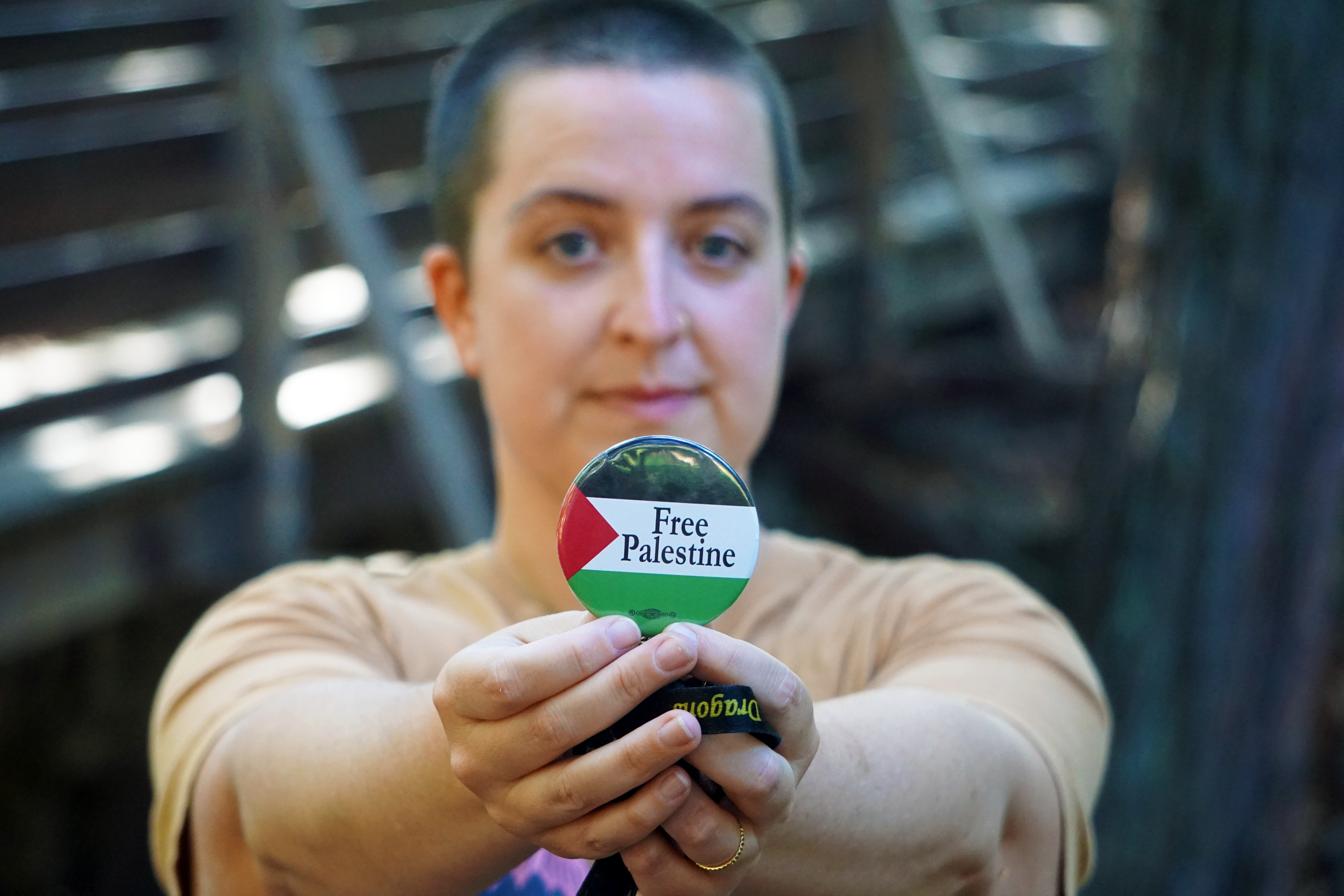A massive quake on the Hayward Fault would leave many East Bay communities without water to fight dozens of natural-gas sparked fires that experts say will be inevitable in its wake, an NBC Bay Area News investigation has found.
“The numbers are still being finalized,” said Charles Scawthorn, an internationally recognized earthquake fire expert and UC Berkeley researcher studying the issue. “But I can simply say: there will be many hundreds of fires and billions of dollars in losses. And losses of potentially thousands of homes.”
One of the issues is getting the water to fight those fires. Last month in West Berkeley, an aging cast iron water pipe ruptured, snarling traffic and flooding the area around Gillman Street and Cornell Avenue.
Thousands of such breaks will likely occur in a quake, leaving many parts of the East Bay critically low on water needed to fight the fires Scawthorn fears will break out.
“After a really major event we would potentially see thousands of leaks,” said Xavier Irias, director of engineering and construction for the East Bay Municipal Utility District. He says the district has more than 1,000 miles of aging cast iron pipe, some of which runs through seismically unstable ground.
“We have more than 4,000 miles of pipe and no pipe is completely bulletproof,” Irias says. The aging cast iron, he addes, is already prone to corrosion and failure like what occurred in late July in West Berkeley.
“It is vulnerable,” he says.
Local
In response, the district is ramping up its replacement efforts from about 10 miles to about 40 miles of pipe each year. Irias says the district envisions installing seismic shock absorbing connectors to limit quake damage as well.
Without immediate water, however, the quake fire risk is real. The peril may be most pronounced in the Berkeley Hills, where the Hayward Fault runs right through the Cal Memorial football stadium at the top of the UC campus.
After the 1991 Oakland Hills fire destroyed 3,000 homes, Berkeley voters approved a bond measure calling for a network of quake resistant water pipes on the flats and underground reservoirs known as cisterns in the hills. San Francisco has some 200 of them, allowing crews to quickly siphon water out to battle quake fires.
But the elaborate plan met neighborhood opposition and was abandoned. “Nobody wanted the street dug up in front of their business or their house,” recalled Scawthorn, a resident of Berkeley who said he was out of the country at the time but would have welcomed a cistern at his home in the hills.
Berkeley Assistant Fire Chief David Brannigan said the cisterns would be a superior way of getting water to fight fires in the hills. But, he said, “that died in the community process-- the system wasn’t welcomed by community members -- people didn’t want it in their neighborhoods.”
A new bond of nearly $10 million won voter approval. As a result, the city bought a portable water supply system pioneered in Holland. Using it, Berkeley firefighters could use movable pumps to siphon water from the Bay or from Lake Anza in Tilden Park.
The system relies on six miles of 12-inch thick hoses. Critics say it is cumbersome and requires special ramps for escaping motorists to drive over the filled water lines.
Scawthorn says the system has plusses and minuses.
“It will protect the downtown area, it will protect the campus, it would protect most of the flats – and to some extent, it would be available to serve some portion of the hills,” he said.
But, he says, the system could be quickly overwhelmed and may not be able to handle several fires at the same time.
What is needed, he says, is a statewide system for all cities in quake prone areas. Scawthorn envisons one fire truck -- outfitted with a mile of five-inch hose for emergency water – for every 25,000 residents in quake vulnerable cities in the state.
“We need a standardized system for the whole state,” Scawthorn says. “What I’m saying is common sense, it’s a no brainer.”
By Scawthorn’s count, the Bay Area should have 100 of those trucks.
One city, Oakland, has four such trucks, a third of the dozen available across the Bay Area. To lobby for more, Scawthorn says he has met with regional fire officials two years ago. He says they support his plan.
“But if you pardon the pun, they are busy putting out fires,” he said, explaining that fire chiefs have “other things they have to deal with.”
Even with all its preparations and $10 million water supply system, Assistant Fire Chief Brannigan says Berkeley can only field seven fire companies in a disaster.
Compounding the challenge, he says, is narrow streets in hillside neighborhoods where parked cars will make moving fire trucks difficult. Crews may have to wait hours for outside help to arrive, he says.
“If we have a more severe earthquake on the Hayward fault, it will provide us water that we would not otherwise have,” he says of the backup water supply system.
“If we have multiple fires around the city and we lost our East Bay MUD water,” he warned, “We would have a problem."



